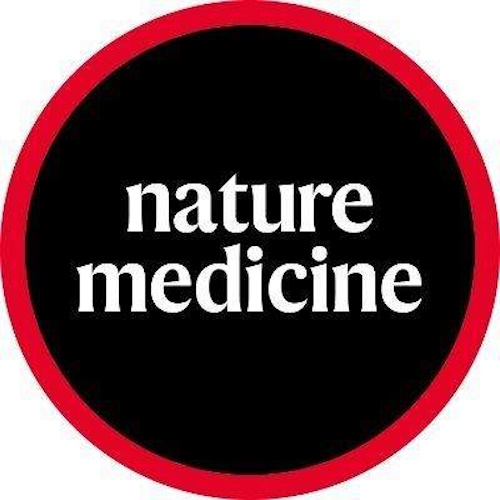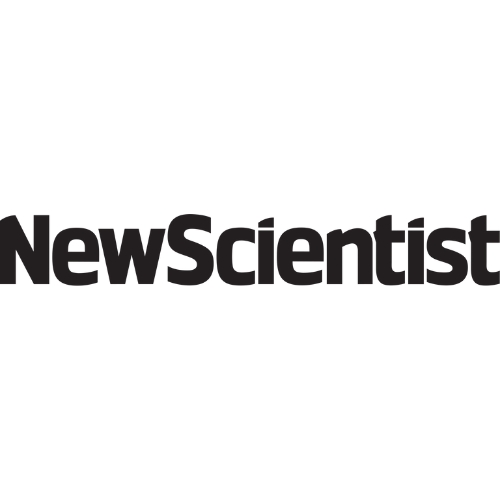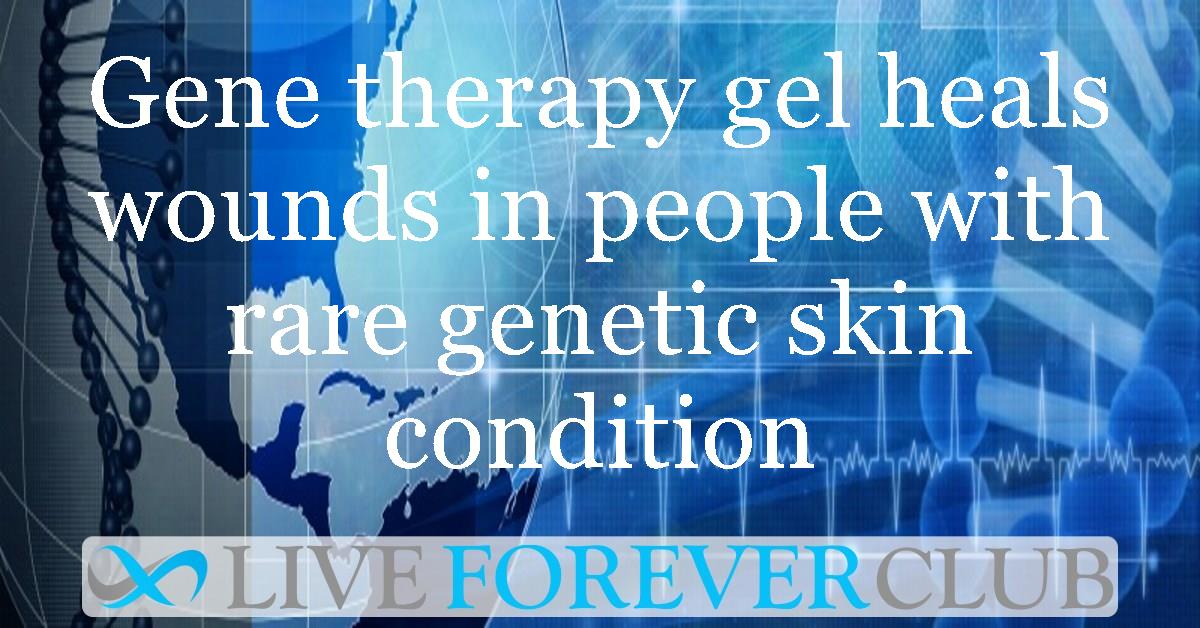Key points from article :
A gene therapy gel has successfully treated recessive dystrophic epidermolysis bullosa, a rare genetic skin condition that causes severe skin fragility.
Peter Marinkovich's team at Stanford delivered normal COL7A1 genes using engineered herpes simplex virus to affected skin cells.
The gene therapy was incorporated into a gel, which was applied to wounds.
Phase 3 clinical trial showed a significant healing effect.
After three months, 71% of wounds treated with the gene therapy had healed, compared to only 20% with an inactive gel.
This breakthrough offers hope for epidermolysis bullosa patients who previously had no specific therapies.
The gene therapy is expected to be approved for use and can be shipped anywhere.
However, it requires reapplication approximately every six months due to natural skin cell turnover.
Research published in Nature Medicine.







